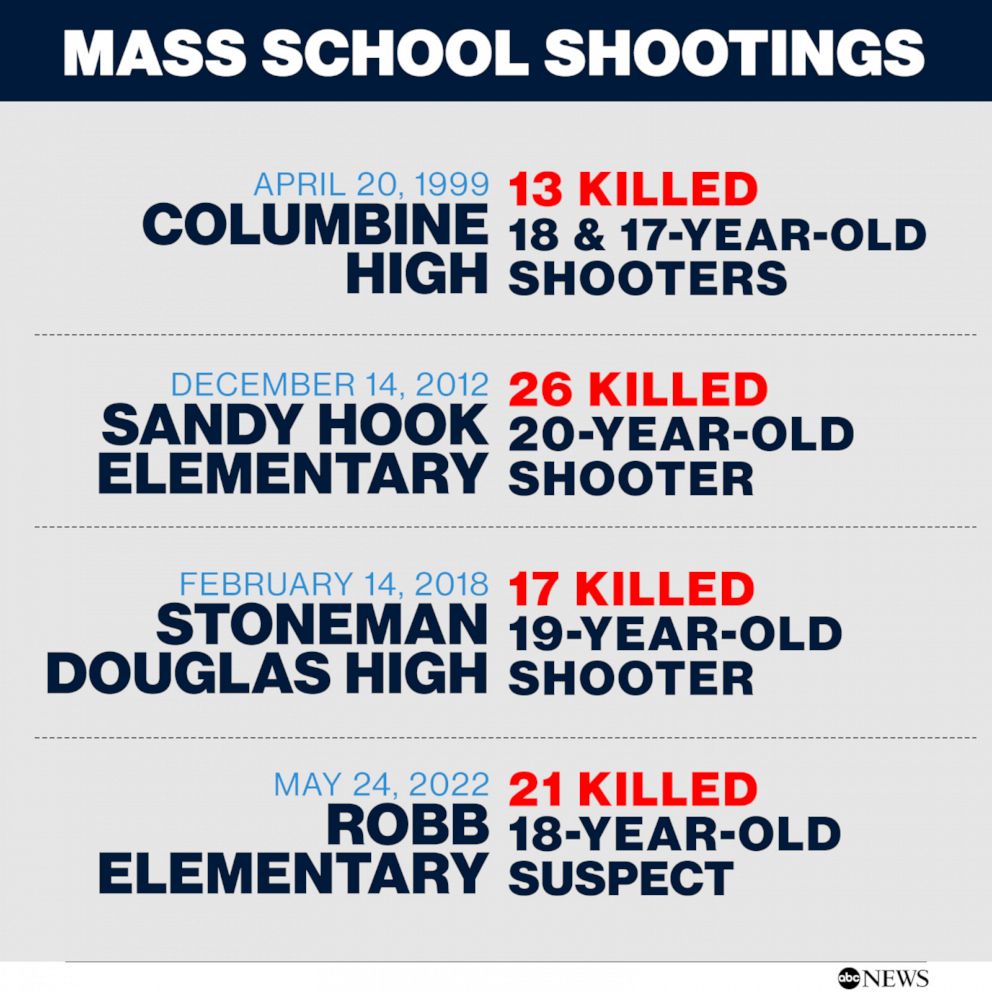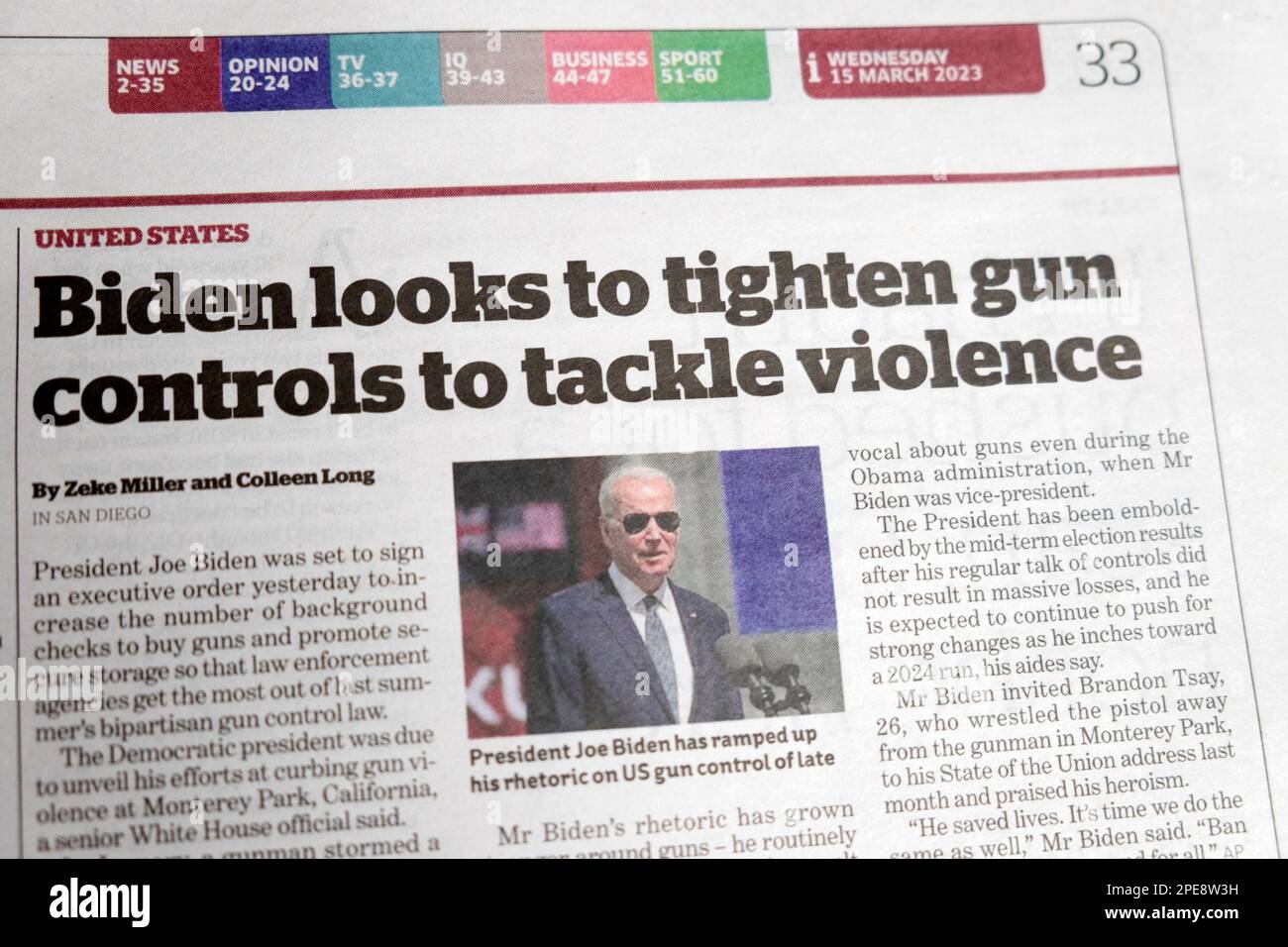How many kids do we need to loss before we put an end to gun control. Gun regulation has been a contentious subject in recent years, provoking heated arguments across the political spectrum. The debate over gun control includes a range of viewpoints, from those highlighting the need for stricter regulations rules to staunch defenders of Second Amendment rights. This blog seeks to give a comprehensive examination of the gun control issue, taking into account the many points of view and pushing for a balanced strategy that emphasizes public safety.

We understand that the right to carry arms is protected under the Second Amendment to the United States Constitution. However, determining the purpose of the amendment has been a matter of controversy. Examining historical background and legal precedents can give light on the objectives of the founders as well as the evolution of gun rights.

In comparison to many other advanced nations, the United States has a higher rate of fatalities caused by guns. Gun control advocates say that stricter gun control measures can help reduce total gun violence, including killings, suicides, and unintentional shootings.

It is now nearly impossible to complete a year without a school shooting in the United States. A school shooting–a place that should be reserved for education and knowledge–yet we are now required to go through drills and be taught what to do if a gunman entered our school. Why should we be concerned about getting killed when we travel there to study and expand our education? What is the government’s reaction? Even after the March4OurLives rally and yearly massacres, they have made few changes to gun control laws. Instead, the Trump Administration proposed arming teachers with weapons so that they could protect themselves in this situation.

This would not prevent school shootings; instead, it would make them more prevalent and result in more deaths. Instead than making it more difficult for anybody to obtain a gun, it is becoming simpler by the day. Hopefully, our next government will see a positive improvement in gun control.
Let’s look at some data before we get into whether guns should be prohibited. In 2018, weapons were used in 74% of killings. Consider the possibility of banning guns; while there may be illegal trade as there is with other prohibited items, the number of persons having guns would be significantly reduced, as would murders. 74% of persons killed in America may be saved if we banned guns, because guns are among the easiest weapons to get, use, and mass murder with.

The concept of banning guns has been proposed previously, but opponents argue that our police would be unable to protect themselves or others, and we will be unable to protect ourselves if there is an invader. In addition, they argue that everyone has the right to keep and bear guns, as guaranteed by the second amendment.

One of the most terrifying aspects about school shootings is that they feel completely out of our hands. How can we keep our children safe from random strangers who open fire in their classrooms? However, it is vital to remember that more than 99 percent of children killed by gun violence in the United States are not killed in random school shootings. And there are steps we can do to protect our children from all sorts of gun violence. Here’s what the research says.
- Keep guns out of your home.
- Advocate for laws that protect kids
- Child Access Protection (CAP) laws
- If guns are in the homes, lock them away unloaded, with the ammunition locked separately.






 The
The  neonatal mortality. The first liquid expressed from the breast is colostrum which meets the immediate needs of the infant. Murkoff & Mazel’s,
neonatal mortality. The first liquid expressed from the breast is colostrum which meets the immediate needs of the infant. Murkoff & Mazel’s,